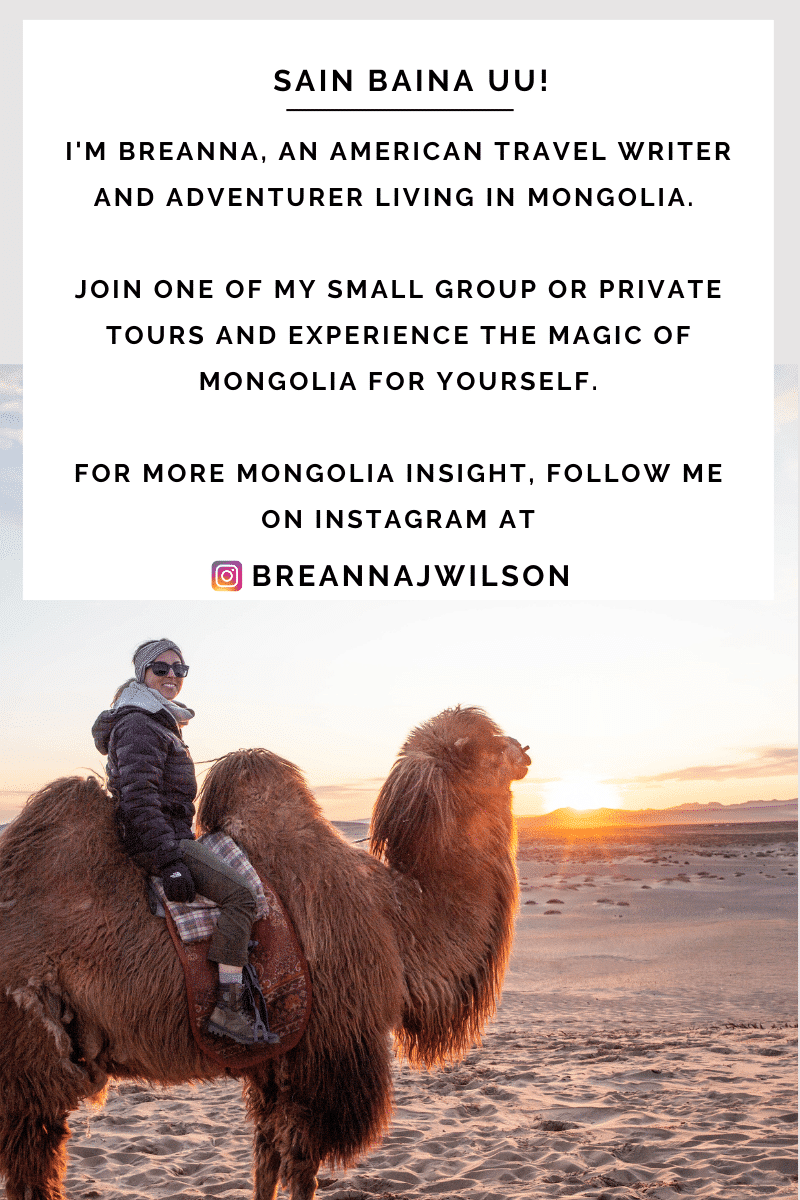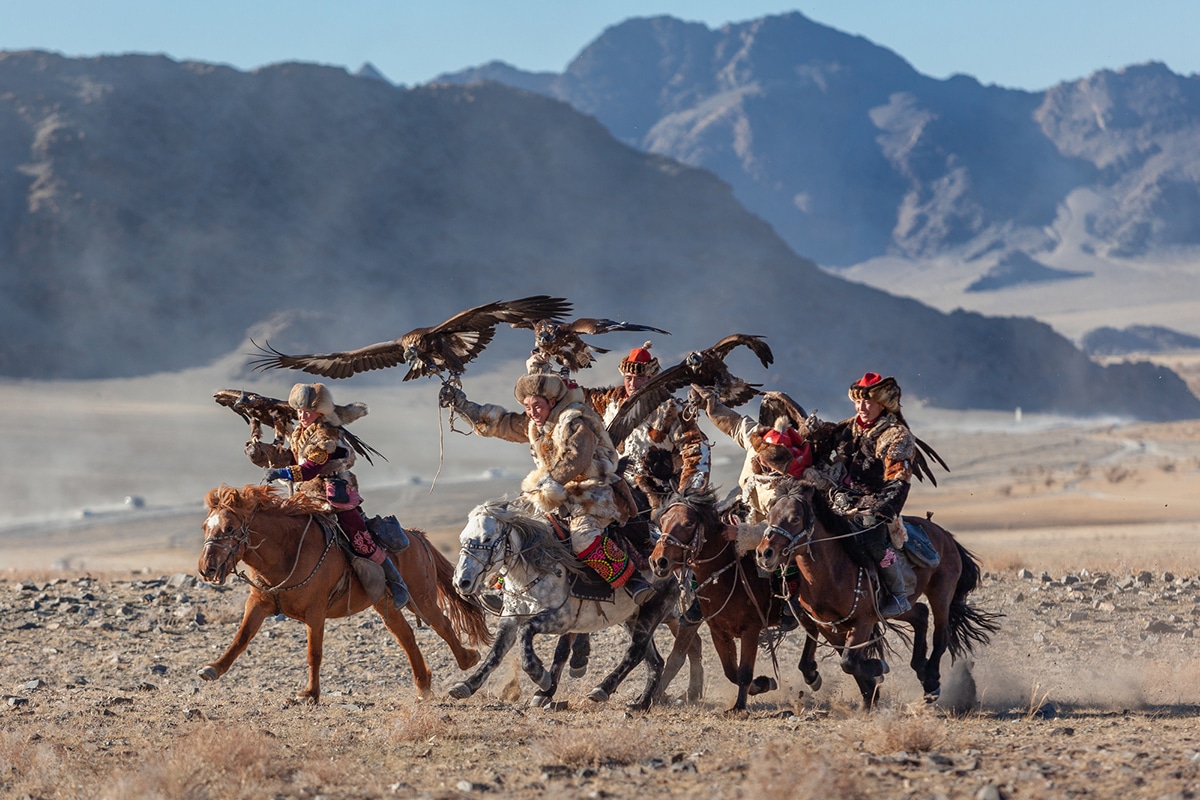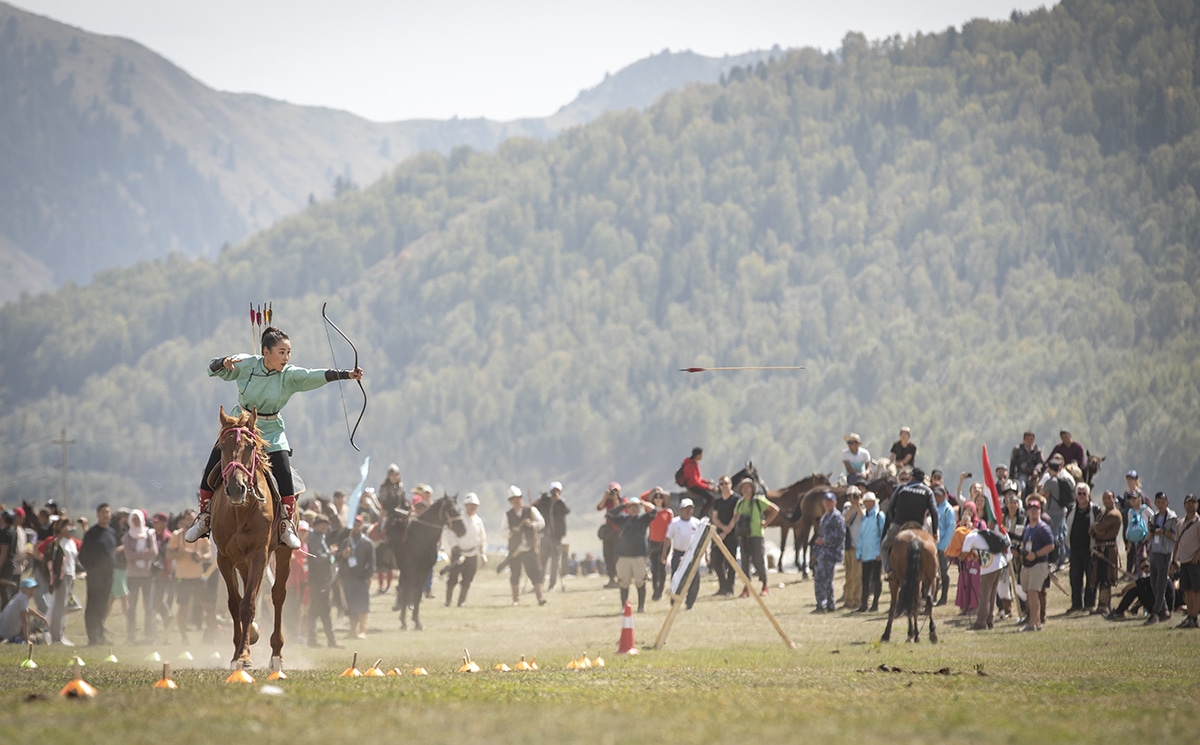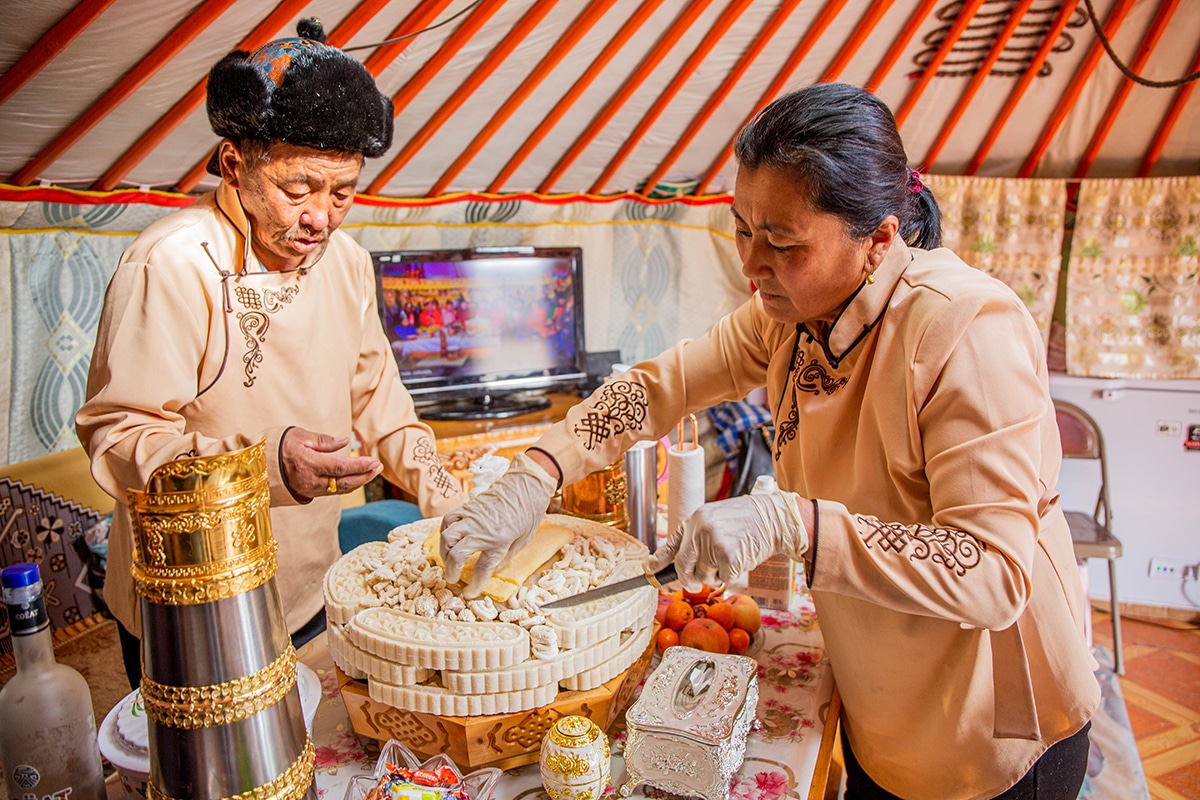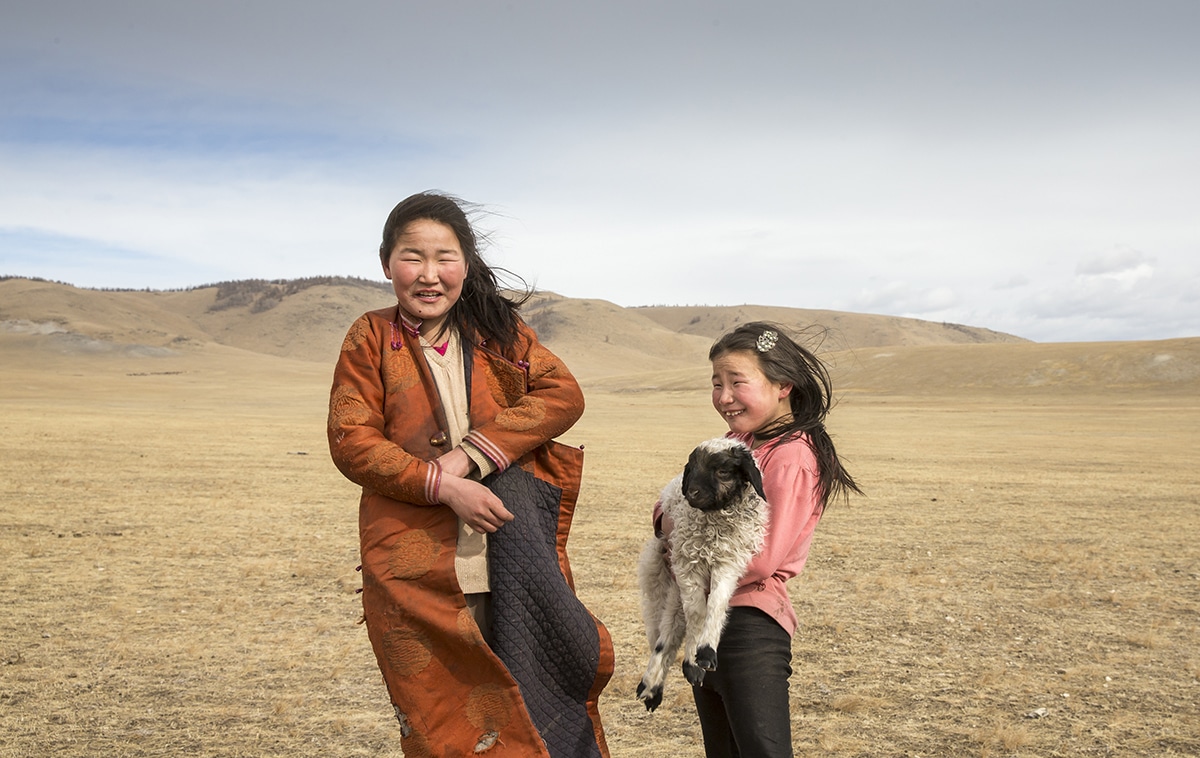5 Things I Wish I Knew Before Visiting Mongolia
Not sure what you need to know about visiting Mongolia? One traveler shares the 5 things she wishes she knew before arriving.
Table of Contents
While Mongolia is quickly gaining momentum as one of next year’s most beautiful destinations to visit, there’s no denying there’s little information available on what it’s like to actually visit.
From food and culture to transportation and accommodation, being prepared for what you’ll encounter on a trip to Mongolia is critical to having the best possible experience. While it’s impossible to fully anticipate every detail, this travel guide can help set you up for success on your next big Mongolia adventure.
Mongolian Weather is Moody: Pack for All Seasons
Temperamental, unpredictable, prone to taking things to the extreme: these qualities don’t just describe Mongolian horses. The weather in Mongolia can throw anything your way and at any time. That being said, summer is still the best time to visit Mongolia.
You can expect quick, afternoon showers in June and July, with the potential for flooding in some areas. Thunder and lightning storms, along with hail can also make an appearance. Sandstorms are also common if you’re traveling in the Gobi Desert.
Wind picks up in the evenings and having a sweater, rain jacket, and puffer jacket are never a bad idea. There’s a reason most Mongolian herders won’t be caught leaving home without their deel, those traditional Mongolian garments they all wear, on.
Basically, pack for a variety of weather scenarios, and be flexible with your plans. They may need to change in an instant because of them.
When packing for a trip to Mongolia in June, July, or August, be sure to not forget any of these items:
- Windbreaker and rain-resistant jacket
- Sunglasses
- A warm hat or beanie
- A warm hat or beanie
As a high elevation country, layers are bound to come in handy when cold temperatures hit, especially at night.
Since the landscapes in Mongolia vary, be prepared to protect yourself against the heat and the sun, as well.
Your specific travel plans will dictate exactly what to bring, but if you aren’t sure, you can always book a 30-minute Mongolia travel consultation with Breanna.
Don’t Expect Smooth, Paved Roads, Even to the Main Tourist Attractions
We use the words roads and highways loosely here in Mongolia.
Road could mean anything from a paved highway (likely riddled with potholes) to a dusty turnoff that only the most knowledgeable locals can spot.
When GPS directions say a drive will take a certain amount of time, it probably won’t. In fact, you should probably double that time, just to be safe.
Flexibility becomes key here too, as flat tires, car accidents, and traffic are common. Even on the country’s main roads.

Travel Slow and Take the Time to Learn the Customs, Culture, and Language
There’s no other country in the world like Mongolia and locals appreciate when visitors take the time to get to know what makes them special. It’s not just a matter of pride, but a surefire way to be the best guest for some of the most hospitable people in the world. Learning even a few basic words goes a long way, and people are always happy to help you nail the tricky pronunciation.
YouTube is one of the best free ways to pick up some Mongolia phrases, as the English spelling is often nearly unrecognizable phonetically. You can also use our Mongolian language cheat sheet in a pinch.
Learning local customs is important so you don’t accidentally commit a faux pas and offend your host within the first few minutes of being welcomed into their home.
For example, you must always enter a yurt (ger) to the left and not pass between the two poles in the center of the yurt. Another important custom is to always keep the bottoms of your feet hidden from view. This just scratches the surface of Mongolia’s deep-rooted customs.
Taking the time to travel slowly and joining a small group tour is the best way to get a rundown of these customs, and so much more, before entering a family’s home.
Understanding the intricacies of Mongolian culture takes time, but as a traveler, it’s the quickest way to get the Mongolian hospitality that’s only reserved for the most honored guests.
If your host makes khorkhog out of nowhere, brings you a marmot from the mountains, or even gifts you a horse, you know you’ve shown the respect your host family deserves. These things are extremely rare, so don’t be offended if you aren’t accepted immediately as an honorary Mongol.
Eating Vegetarian or Vegan is Possible, But it is a Challenge
Simply put, meat and dairy are the primary staples of Mongolian food.
Finding vegan options are doable enough in Ulaanbaatar as well as at higher end tourist camps and resorts. However, if you’re planning to stay with families, you’ll have to bring your own food supplements. They simply don’t have much else to offer besides what they have at their disposal, which is meat and dairy from their herds.
It’s part of everyday life to slaughter the night’s dinner in front of guests and invite them to be a part of the process. If you aren’t comfortable seeing this full-circle of life process, Mongolia is going to be a challenging place for you to visit. This is as organic, free-range, and natural as it gets. The animals eat nothing but the grass and plants of the steppe and the herders eat almost nothing but the meat and dairy their herds provide. Seeing this way of life and daily eating will open anyone’s eyes, vegan or not.
It is possible for local families to make certain meals such as tsuivan (fried noodles) and buuz (dumplings) with potatoes, carrots, and other vegetables, but you’ll need to tell the family in advance. Most families won’t have vegetables just laying around.
It’s also best to ask beforehand about the oil/fat the family cooks with. While some dishes can be made without meat, families often fry foods using sheep tail fat.
If you are vegan and planning to visit Mongolia, have a gameplan for communicating your needs before you arrive.
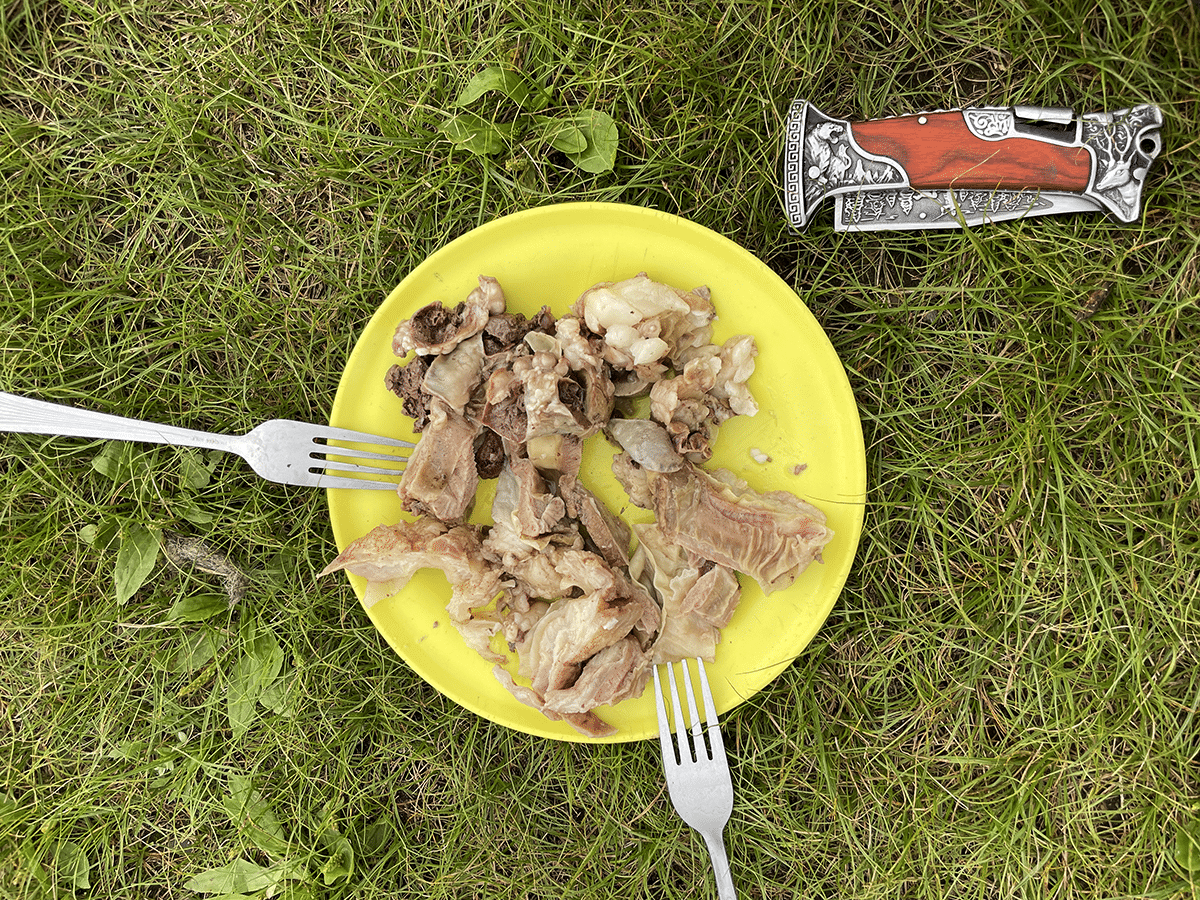
Be Prepared to Let Go of Control in Mongolia and Embrace Mongolian Time
From the weather to the horses to the traffic, Mongolia is an unpredictable place. And, as soon as you think you finally have some control and understand how it works, Mongolia proves you wrong.
Having a tight, minute by minute schedule is not the way to travel here. In fact, that’s the most surefire way to ruin your entire trip.
The magic of Mongolia comes when you’re able to be flexible and open to spontaneous meetings and invitations. Just by embracing it, and leaving yourself open to it, you truly get to experience what Mongolia is all about.

Ali Wunderman
Ali Wunderman is a freelance travel writer focusing on the intersection of wildlife and tourism while illuminating underrepresented destinations. Her work has appeared in Travel + Leisure, TIME Magazine, Condé Nast Traveler, and Cosmopolitan, among others. She is also the author of Frommer’s Belize guidebook, a contributing author for Frommer’s Iceland, and founder of The Naturalist. Originally from San Francisco, Ali now has a home base in Montana so she can visit Yellowstone National Park any time.
Join my Private Travel Group on Facebook
Proudly Based in Ulaanbaatar, Mongolia
© 2024 Meanwhile in Mongolia

